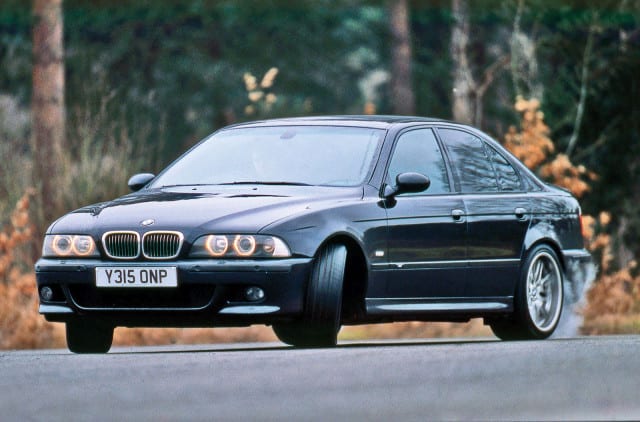
Test drive a used BMW M5 E39: is it worth it?
Content
Buying a used car has its pros and cons, and for many motorists it's not a matter of choice but of opportunity. But buying a used sports car is another matter: if you make the wrong choice, it can push you towards the precipice of personal bankruptcy. If you make the right choice, this can be a profitable investment.
When it comes to used sports cars, the E5 generation BMW M39 won't even be discussed. Many connoisseurs will swear to you that this is the best four-door sports sedan ever. In any case, this is one of the best BMW cars. But is it worth buying it on the secondary market?
Popularity model
The reason the M5 E39 is so revered is because it is the last car of the pre-electronic era. Most of them rely on good old mechanics and a relatively simple device without a lot of sensors and microcircuits prone to frequent damage.
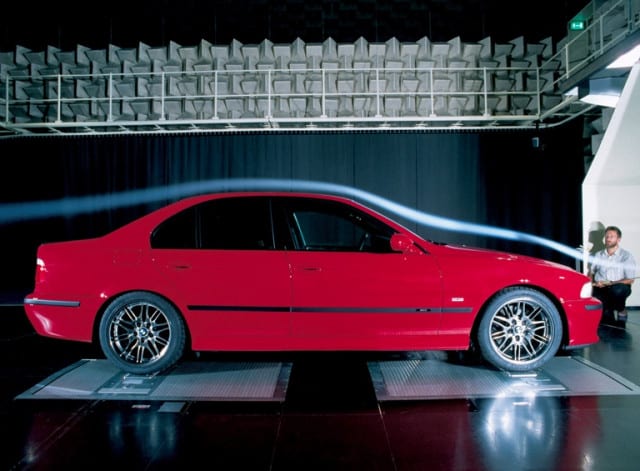
Compared to later models, the car is lighter, the handling is pleasant and responsive, and under the hood is one of the most exciting naturally aspirated V8 engines. Add to that a discreet design that doesn't draw undue attention to you if you don't want to. All this makes the M5 a future classic.
Appearance on the market
The E39 M5 debuted at the 1998 Geneva Spring Motor Show and hit the market at the end of the year. It is based on the standard 8 at the time, but this is the first BMW M with a VXNUMX engine.
Visually, the M5 is not much different from the usual "five". The main differences are:
- 18-inch wheels;
- four branch pipes of the exhaust system;
- chrome front grill;
- special side mirrors.
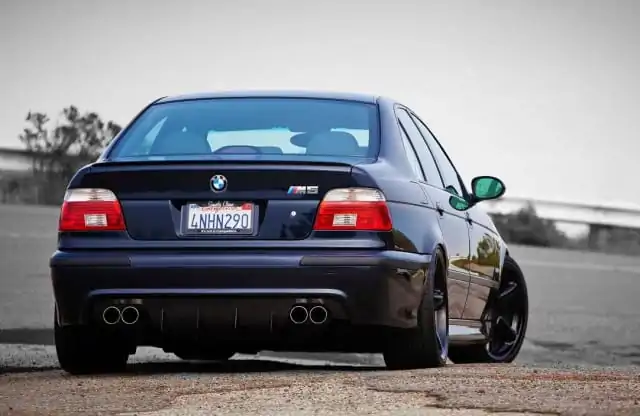
The interior of the M5 uses special seats and a steering wheel, accessories are also different from the standard ones.
Technical specifications
The E39 is wider, longer and heavier than its predecessor, the E34, but it is also noticeably faster. The 4.9-liter V-62 (S540, coded by the Bavarians) is a version of the "regular" XNUMXi engine, but with a higher compression ratio, redesigned cylinder heads, a more powerful water pump and two VANOS valve modules.
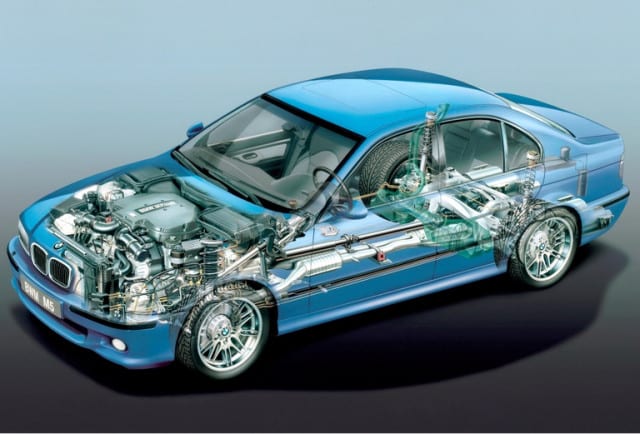
Thanks to this, the engine develops 400 horsepower (at 6600 rpm), 500 Nm of maximum torque and accelerates to 100 km / h in just five seconds. The maximum speed is electronically limited to 250 km / h, but without the limiter the car exceeds 300 km / h.
This M5 is the first to use aluminum components for the front suspension and multi-link rear. The gearbox is a Getrag 6G 420-speed manual gearbox, but with a reinforced clutch. Of course, there is also a limited slip differential. At the end of 2000, BMW also introduced a facelift, which added the famous Angel Eyes and DVD navigation, but luckily, nothing came of the mechanics.
The situation in the market
For years, this M5 has been one of the most affordable used M cars. This is probably because a total of 20 units were produced. But lately, prices have started to rise - a sure sign that the E482 is a future classic. In Germany, they range from €39 to €16 for regular units, and exceed €000 for garage units with zero or minimal mileage. A total of 40 euros is enough to purchase a car in good condition and fit to drive.
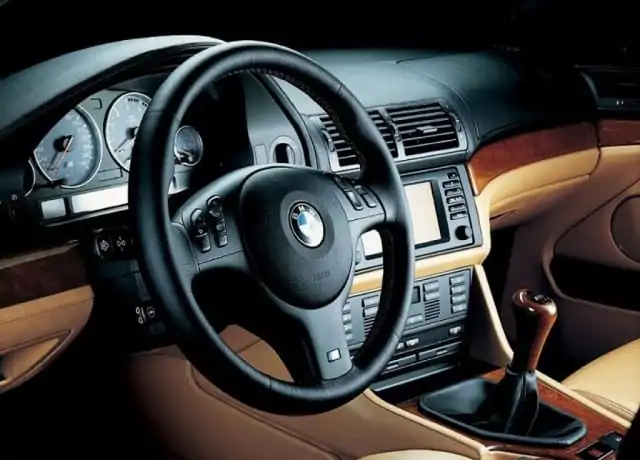
If you are dealing with overseas shipments, America has the best deals. Nearly half of the M5 E39 produced was sold in the US, but in the eyes of most Americans, they have one significant drawback (an advantage for us): they are not available with an automatic transmission. BMW introduced this feature only in the M5 E60. Because of this, ads appear in the United States for the sale of a good E39 for 8-10 thousand dollars, although the average price exceeds 20 thousand.
Maintenance and repair
When it comes to maintenance, remember that German premium cars have never been among the cheapest options. While the M5 doesn't have too many electronics, it has enough extras to expand the list of things that can get damaged. Parts prices are the same as for the premium brand.
Here are some common faults and difficulties that can spoil the pleasant shopping experience for an elegant classic.
Plastic tensioners
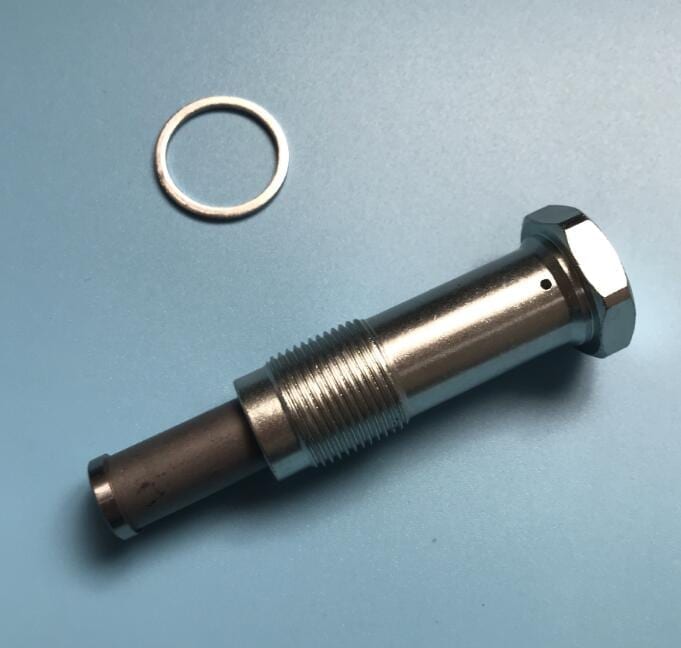
Fortunately, the V8 engine, like its V10 successor, doesn't eat up the connecting rod bearings. However, chain tensioners that have plastic parts and wear out over time create problems. They need to be changed periodically.
VANOS module plugs
Both VANOS modules have plugs that can also leak over time, resulting in a loss of power and a warning light on the dashboard. And when we say “loss of power”, we are not kidding - sometimes it is as much as 50-60 horses.
High consumption - both oil and gasoline
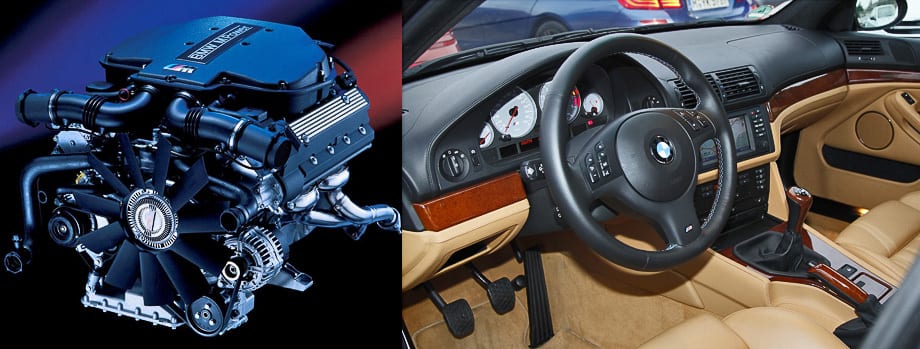
Carbon black can build up inside the cylinders. In addition, this engine consumes oil - according to Autocar, about 2,5 liters in normal operation. In terms of fuel consumption, you can hardly expect miracles of economy from a 4,9-liter V8. The norm is about 16 liters per 100 km.
Hinges, rust
The chassis is strong, but it is good to watch the pivot bolts for excessive wear. Rust often appears on the exhaust system and in the trunk area, especially when the car is operated in a country where reagents and salt are often sprinkled on the roads in winter.
Clutch
The clutch runs up to 80 - 000 km. Before buying, check if this procedure has been performed and when, because it is not cheap at all.
Discs and pads
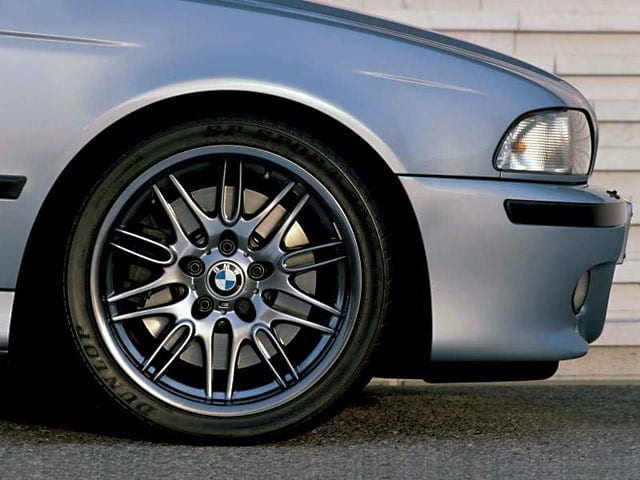
With a 400 horse car, you can't expect them to last forever. Rims are quite expensive and so are the pads. They are unique to the M5 and cannot be replaced with those of the regular 5 Series.
Navigation
Not that she's particularly prone to damage. It's just shockingly primitive for the modern motorist. Not to mention, updating maps is a major issue. Better to just use your mobile phone.
Oil change
It is recommended to use synthetics such as Castrol TWS 10W60, which are not cheap at all, but allow for slightly longer service intervals (Jalopnik advises to drive it no more than 12500 km).
Thermostat
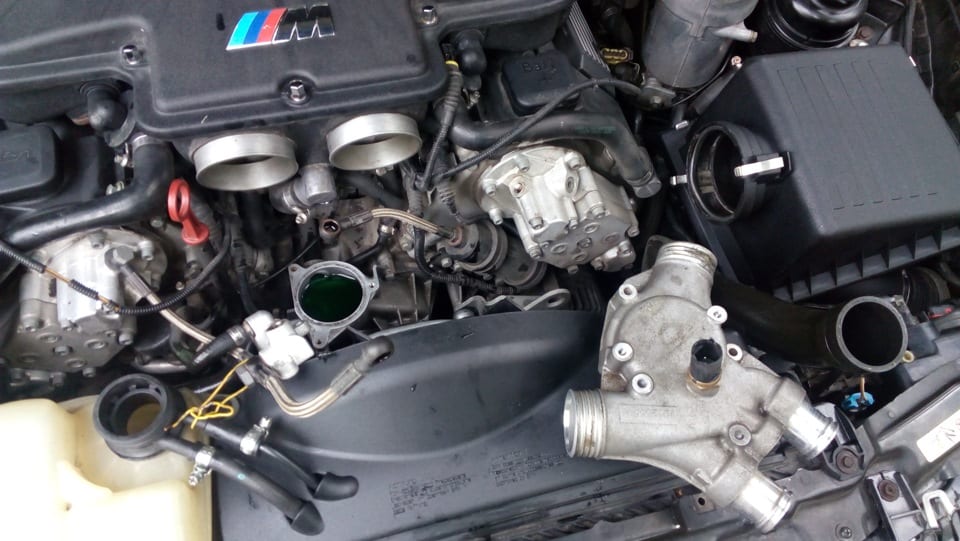
Many owners of the older E39 complain about problems with it, but it is not too expensive - about $ 60, and it can even be replaced in your own garage. The M5 E39 has two coolant temperature sensors - one in the engine and one in the radiator.
Automatic wiper sensor
It was the latest in technology at the time. In the E39, however, the automatic wiper sensor is built into the mirror, making replacement difficult and financially painful.
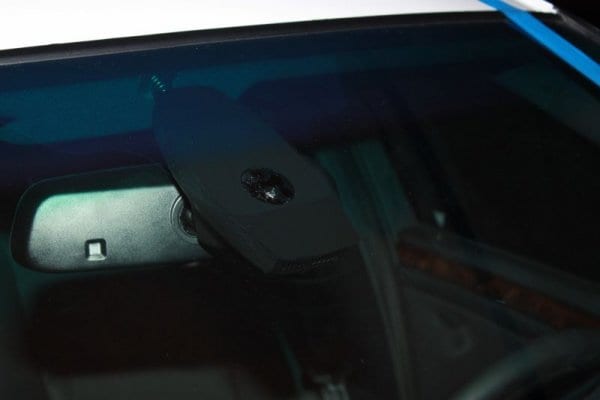
Overall, like any more complex and capable machine, the E39 M5 requires more maintenance. For this reason, it is recommended that you do a serious service inspection before buying and see how many of these potential issues have already been fixed - this can give you additional arguments in the bargain to bring down the price. AND here you can read some more tricks to help you buy a used car profitably.

2 comment
Islam
This car is like wine, only getting better over the years.
CrazyMVVlogs
ble if you can bring a lock then it is worth it.